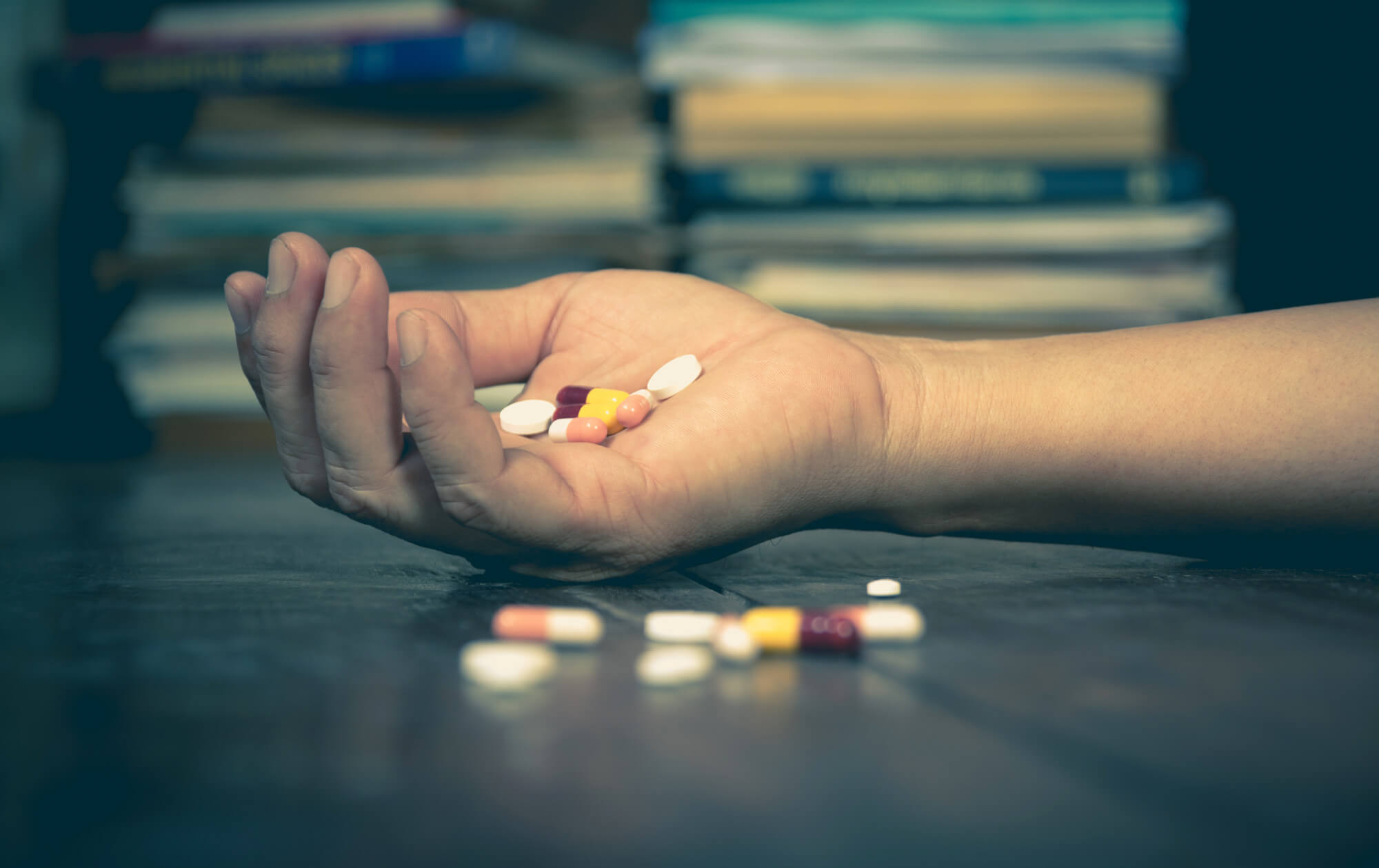Children are a source of worry for every parent. You spend several years raising them and hope they turn out alright. There are thousands of books and articles on how to raise children properly. However, they don’t always work out, and it’s generally down to trial and error. Imagining that your teen is abusing drugs is frightening. Needless to say, if your child is caught abusing drugs, they may end up facing trials for their errors.
Teens deal with several physical and emotional changes. This makes it difficult to pinpoint whether some symptoms are drug-related or just mood swings as a result of hormonal changes. Below are red signs that your teen is abusing drugs.
Possession of the drugs
This is a glaring red sign. Some drugs such as marijuana are distinctive, but they may be abusing prescription pills, which may be hard to discover. The Internet has it all, though. Search for the symbol of the pill and see what comes up. You may as well ask the kid.
Odd smells
Another dead giveaway. It could be the smell of marijuana or a new interest in deodorant or perfume. If you can’t tell the smell of marijuana, it’s probably time you educate yourself. Well, it’s not necessary that you smoke marijuana yourself, but you can ask a cop to show you a sample.
Behavioral changes
A change in your teen’s behavior is probably the first thing you’ll notice. Are they acting differently to a point where it’s affecting their relationships with other family members? That could be a sign of drug abuse. Watch out for the following behavioral changes.
Continue Reading

Drug abuse isn’t something you see on a “special” episode of your favorite sitcom. It’s an epidemic and continues to spread throughout the world. Whether you’re a suburban resident or city girl, you’re going to see the effects of drug abuse. According to the World Health Organization (WHO), about 11 million people inject drugs. Some users live with an STI like HIV (1.3 million) and Hepatitis C. (5.5 million).
But people suffering from substance abuse issues don’t have to live this way. There are many different treatment options for those suffering from alcoholism and drug abuse.
The history of drug abuse shows the availability of substance abuse treatment wasn’t always this accessible. Follow along as we discuss the origins of drug addiction and its forms of treatment.
The History of Drug Abuse
The origins of drug treatment go back to the 1700s, where the focus centered on alcoholism. Native Americans created sobriety societies or “circles” within their tribes. Towards the end of the 1700s, Dr. Benjamin Rush published a piece discussing the impact of alcohol on the human mind and body, according to Visual.ly.
Between 1857-1868 homes for alcoholics opened in Boston, MA. and 24,000 pounds of Opium came into the country through New England, according to the Atlantic.
The first asylum for alcoholics opened in Binghamton, NY. The first center for alcoholic women, The Martha Washington Home, began in 1867 in Chicago. In 1879, Dr. Leslie Keeley started the first for-profit addiction treatment facilities, according to daily.JSTOR.org. By 1919 to 1924, Morphine maintenance clinics open in 44 cities but soon shut down.
Alcoholism continued to be the focal point of substance abuse treatment until the 1970s. In 1972, Methadone was approved by the Food and Drug Administration (FDA) to treat heroin addiction, according to NCBI. By the mid-70s, alcohol and drug treatment programs become integrated.
In the 80s, crack-cocaine appeared, the legal drinking age was raised to 21, and Drug Abuse Resistance Education (D.A.R.E.) was created. By the 90s, drug abuse by teens rises, and the 2000s sees the dependence of prescription pills increase.
Current Drug Treatment
Drug treatment offers many options such as detox, counseling, inpatient rehab, outpatient treatment, group counseling, medication, and follow-up, according to DrugAbuse.gov.
Current treatment allows the patient to change their behavior through counseling and medication. The person learns skills for handling life stressors without alcohol or drugs. Rebuilding and strengthening relationships with family and friends is also part of becoming sober.
Groups like alcoholics and narcotics anonymous help people with substance abuse by using the 12-step model. Speaking with people going through similar problems allows support and transformation.
Get Help
The history of drug abuse is long and detailed. But without the trial and error of the past, the present would be bleak. The treatment of drugs and alcohol has improved and continues to evolve each year.
If you or someone you know needs help with addiction, please reach out and guide them to a treatment facility. To learn more about helpful health-related information, check out United Healthcare drug rehab providers.
